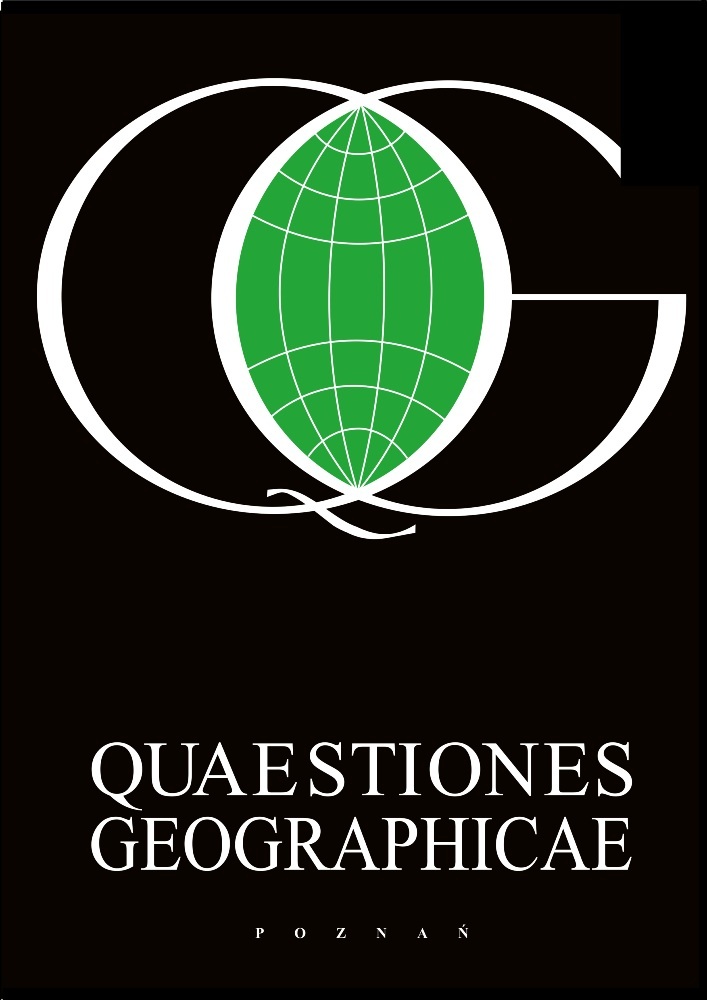Abstract
It is possible that Georg Cantor and Walter Christaller may have been aware of one another during their careers, however, there is no indication the two collaborated. Also, there is no documentation that Christaller’s central place theory (CPT) contains any tenets derived from Cantor’s middle third set (CMT). Regardless, CMT and CPT are linked by their constructions as nested hierarchies and the geometry of hexagons. The end points and intervals of CMT may be incorporated, respectively, as anchor points and radii for the hexagonal tessellations of central place theory.
References
Arlinghaus S.L., 1985. Fractals take a central place. Geografiska Annaler, Series B, Human Geography 67(2): 83–88. Stable URL: http://www.jstor.org/stable/490419. Persistent URL (URI): http://hdl.handle.net/2027.42/58740
Arlinghaus S.L., Arlinghaus W.C., 1989. The fractal theory of central place hierarchies: a Diophantine analysis of fractal generators for arbitrary Löschian numbers. Geographical Analysis 21(2): 103–121. Ohio State University Press. Persistent URL (URI): http://hdl.handle.net/2027.42/59708
Batty M., Longley P., 1994. Fractal cities: A geometry of form and function. Academic Press, New York.
Cantor G. [1915] in Jourdain P. (ed.), 1955. Contributions to the founding of the theory of transfinite numbers. Dover, New York.
Christaller W., 1933. Die zentralen Orte in Süddeutschland. Gustav Fischer, Jena.
Dacey M.F., 1965. The geometry of central place theory. Geografiska Annaler, B, 47: 111–124.
Mandelbrot B., 1983. The fractal geometry of nature. W. H. Freeman, San Francisco.
License
© 2015 Faculty of Geographical and Geological Sciences, Adam Mickiewicz University.
This work is licensed under the Creative Commons Attribution-NonCommercial-NoDerivatives 3.0 License.
